Ah, the garden—always full of surprises. You think you’ve got the bugs and blight under control, but then your plants start acting up again. This time, the culprits aren’t insects or fungi.
Yes, these problems originate from the other side of the garden world: abiotic issues—problems caused not by living factors (biotic), such as pests or pathogens, but by physiological factors (non-living) driven by the environment or chemicals.
The challenge? These issues often resemble pest or disease damage, making diagnosis frustrating and misleading.
Is It Bugs, Blight, or What?
Pests and diseases are biotic factors that impact an ecosystem and its organisms. Examples: those deer mowing your hostas to the ground, along with the cabbage worms chomping your kale.
Abiotic factors, the non-living components, including physical, chemical, and other factors, can significantly impact a garden’s health just as much as pests and diseases can.
Physical factors include sunlight, temperature, water, soil type, air, humidity, wind, precipitation, and altitude. Other abiotic factors relate to soil nutrients, soil pH, soil salinity, and chemical inputs, such as pesticides, as well as cultivation practices.
An excellent example is blossom drop in vegetable plants. When temperatures consistently exceed 90°F or fall below 55°F, pollination, especially in tomatoes, often fails, resulting in the blossoms withering and dropping from the plant.
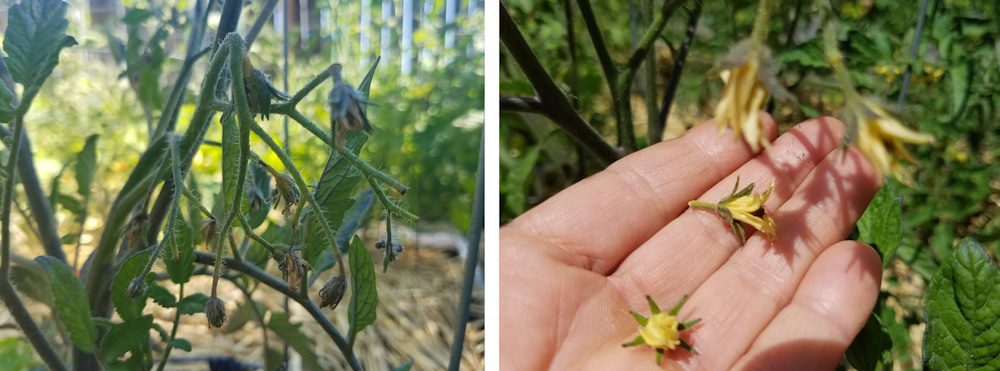
Failed pollination isn’t caused by a disease or pest, but rather by an abiotic factor: air temperature.
Identifying Abiotic Conditions
Often, problems in the vegetable garden can be identified, like when you witness flea beetles jumping throughout your broccoli or see the dusky, white haze of powdery mildew on your pea leaves.
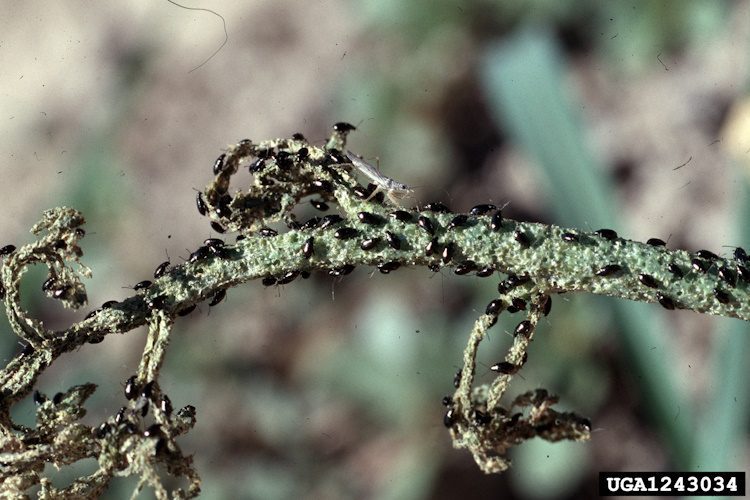
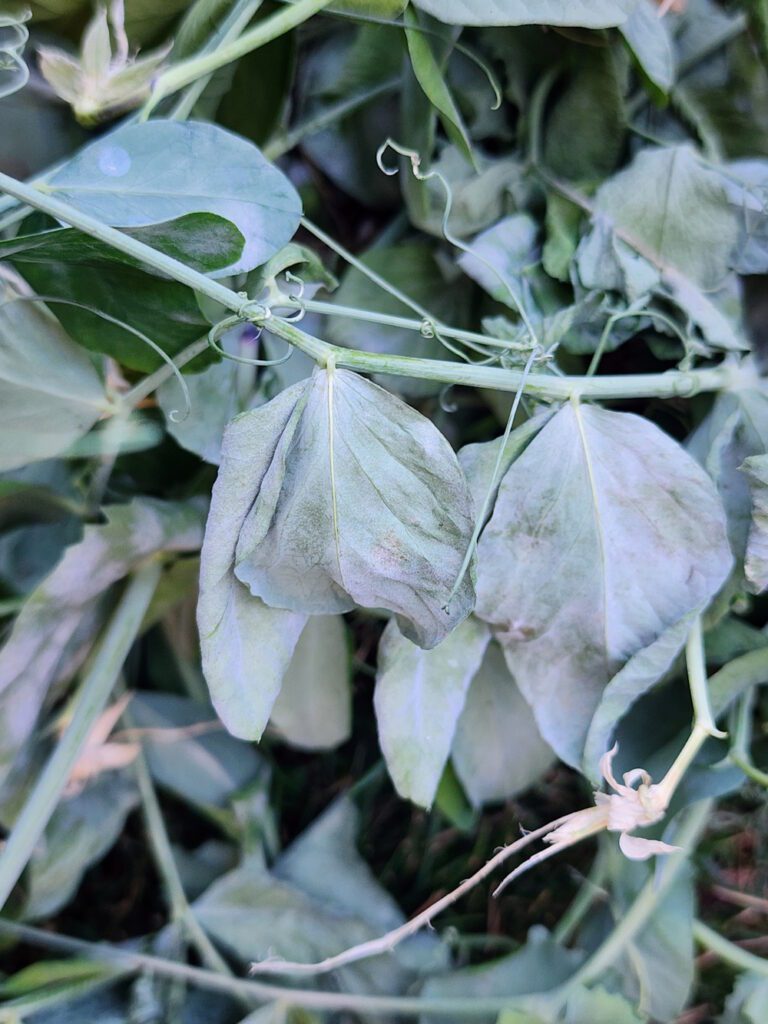
But those yellowing leaves on your cucumber plant—how do you determine whether it’s a disease, such as mosaic virus (biotic), or a nutrient deficiency in the soil (abiotic)? Early symptoms can look similar. What about that brown patch on your tomato? Is it from a stink bug (biotic) or the beginnings of blossom end rot (abiotic)?




Sometimes it’s difficult to determine if a pest, disease, or an abiotic factor is the cause of a problem.
The signs and symptoms of some biotic and abiotic conditions can be difficult to distinguish, making it challenging to identify precisely what you’re dealing with and how to treat it.
Common Abiotic Conditions
There’s a good chance you’ll encounter at least one of these abiotic problems in your vegetable garden. Some, like weather issues (excessive rainfall or high winds), are beyond our control, while others we can take steps to reduce the risk or resolve.
Here are five common abiotic problems:
Blossom End Rot (BER) is one of the most common issues you may see in your garden.
BER affects many vegetables, including tomatoes (especially plum or large varieties), peppers, eggplants, and squash. It’s identified by a shrunken, dark brown, leathery patch on the blossom end of the fruit.
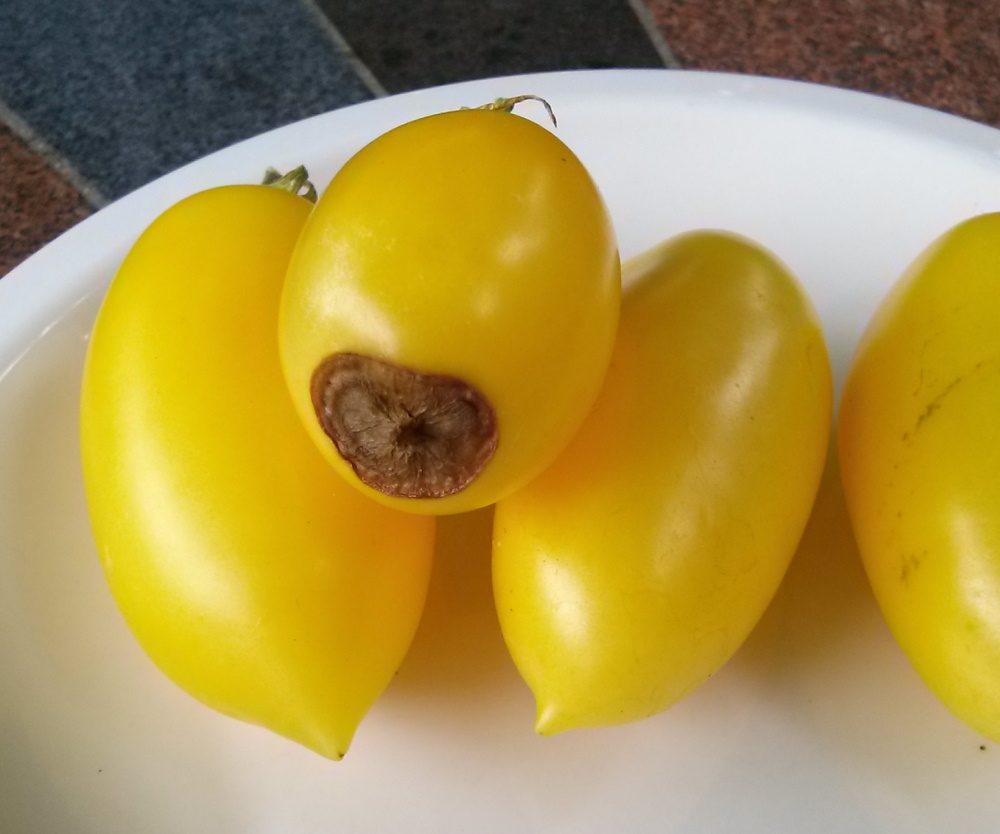
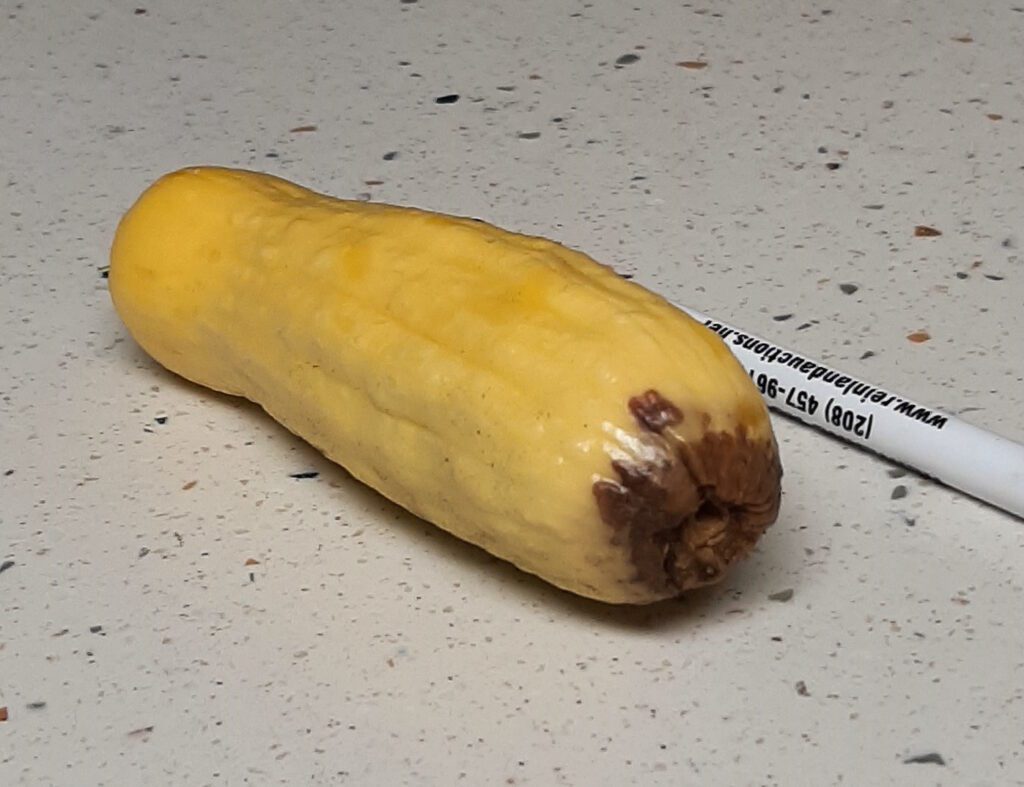
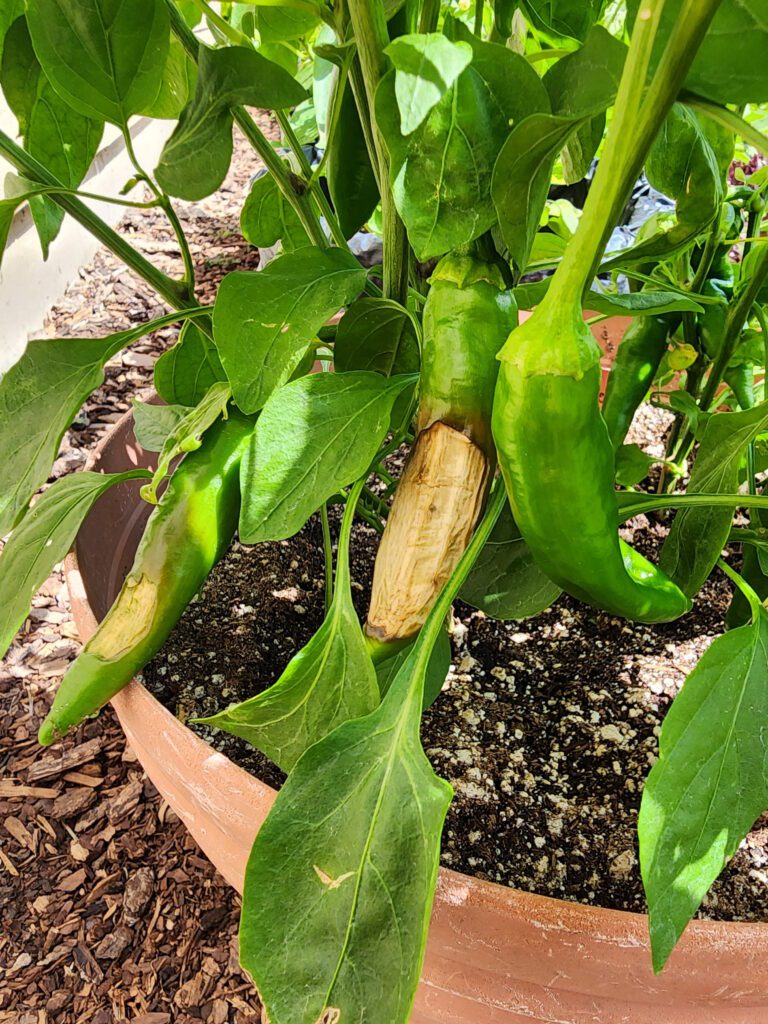
This physiological disorder is often triggered by inconsistent watering practices that result in a calcium deficiency in the developing fruit. The plant cannot absorb or transport calcium when there is either an excess or a deficiency of water available. When this happens, blossom end rot is likely to appear.
BER often occurs early in the season and may affect only a single fruit or a few fruits on one side of the plant.
While water is the leading cause, other triggers include over-fertilizing, damaged plant roots due to cultivation, low soil pH, or insufficient calcium in the soil (although this is rare; most soils have sufficient calcium levels).
Reduce risk by watering consistently and mulching to retain soil moisture. Affected fruits can be discarded, although ripe fruit is safe to consume once the brown patch is removed.
Plant wilting is another issue caused by high temperatures and heat stress. Many vegetable plants wilt temporarily due to transpiration, the rapid loss of moisture through their leaves.
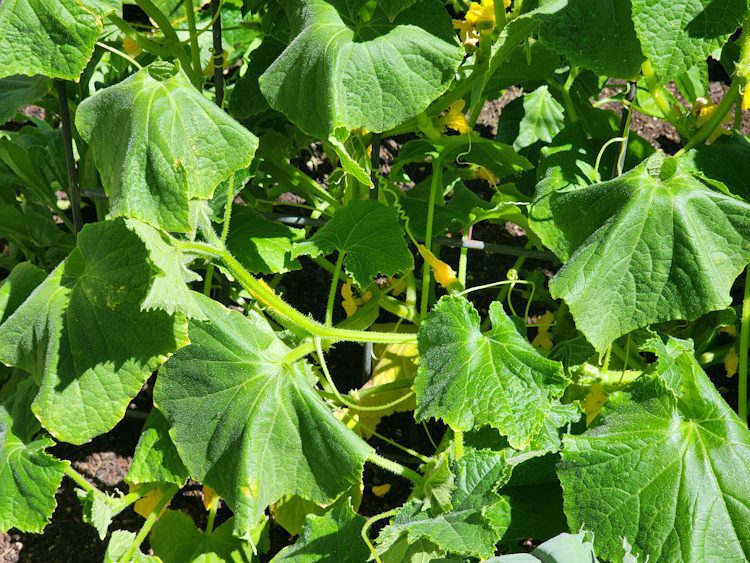
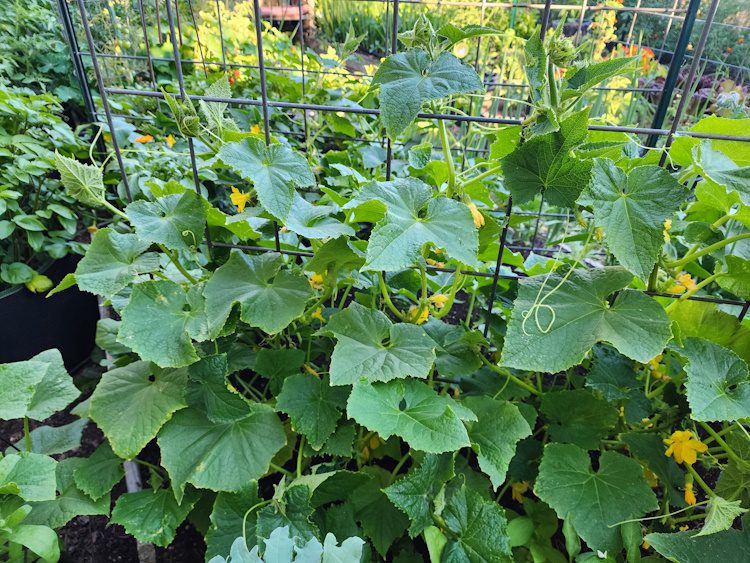
Although it appears devastating, plants typically recover as temperatures cool. To reduce heat stress, keep plants thoroughly moist, apply mulch, and protect plants with a shade cloth during periods of high heat.
Physiological leaf roll is an environmental issue often confused with the more serious leaf curl, caused by insects or viruses. Physiological leaf roll is most commonly caused by high temperatures, where healthy plant leaves curl upward to conserve water.
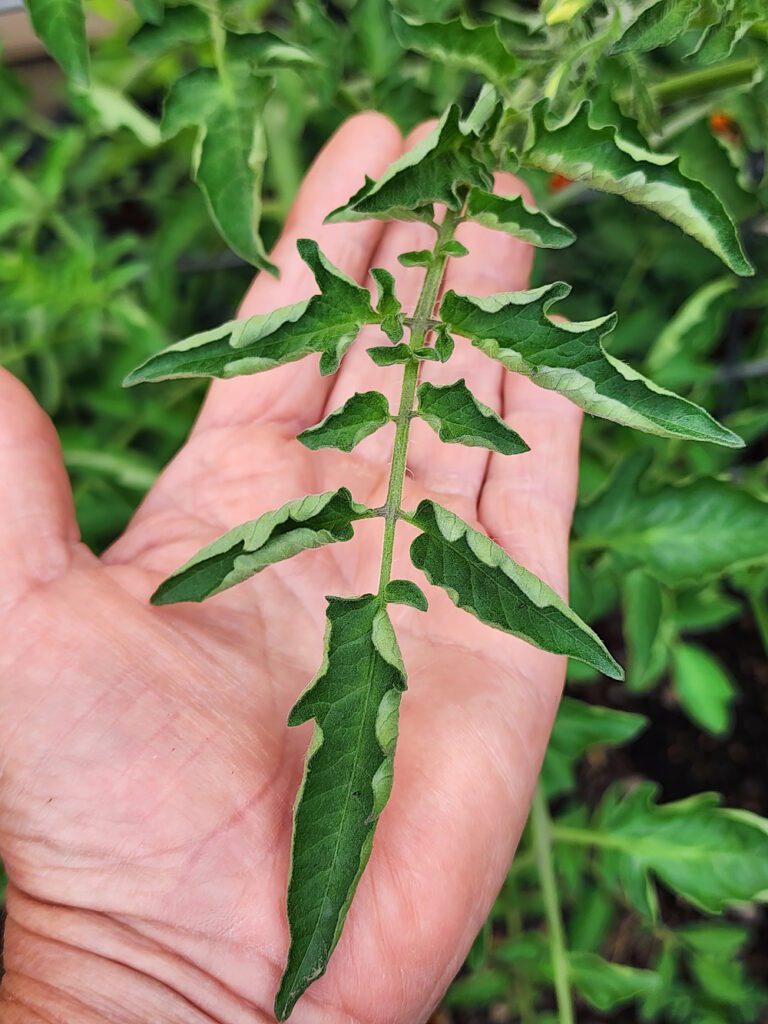
Similar to wilting, leaves may unfurl when conditions improve. It can also be triggered by nutrient deficiencies or insufficient watering. Consistent watering, mulching, and providing shade can reduce this condition.
Biotic leaf curl can be identified by the presence of insects, their damage, or signs of disease, such as yellowing or dark spots on the leaves.
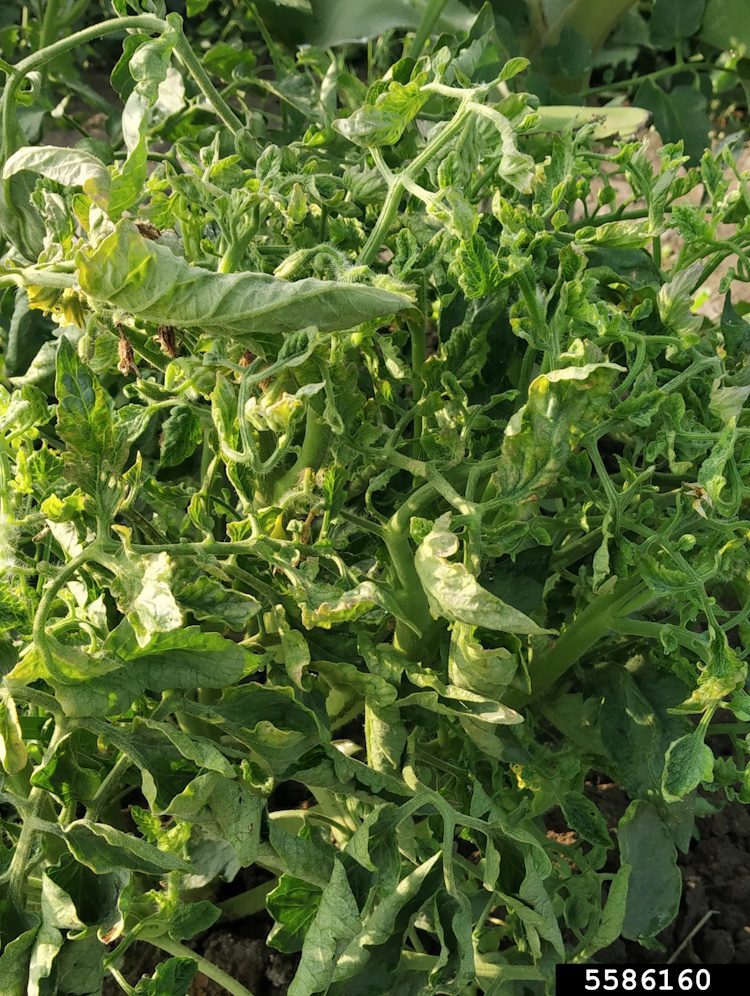
A highly damaging, but often avoidable, issue comes from chemical use or misuse. Deformed or stunted growth, twisted stems, and leaves are clear signs of herbicide damage in the garden.
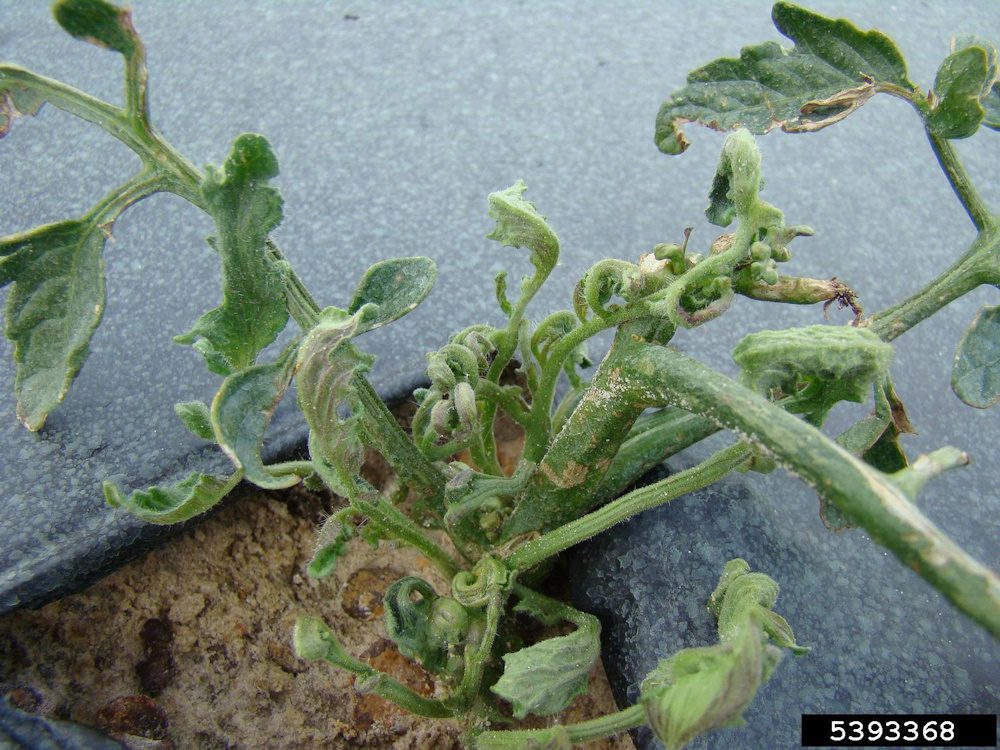
Drift occurs when herbicide spray volatilizes in high temperatures or wind carries droplets, landing on sensitive plants. Always follow the instructions when spraying herbicides, paying close attention to temperature and wind conditions.
Similar deformities also result from herbicide residue in mulch, such as treated grass clippings, manure, and compost. Herbicide chemicals can leave residue that remains active in these materials for months to years.
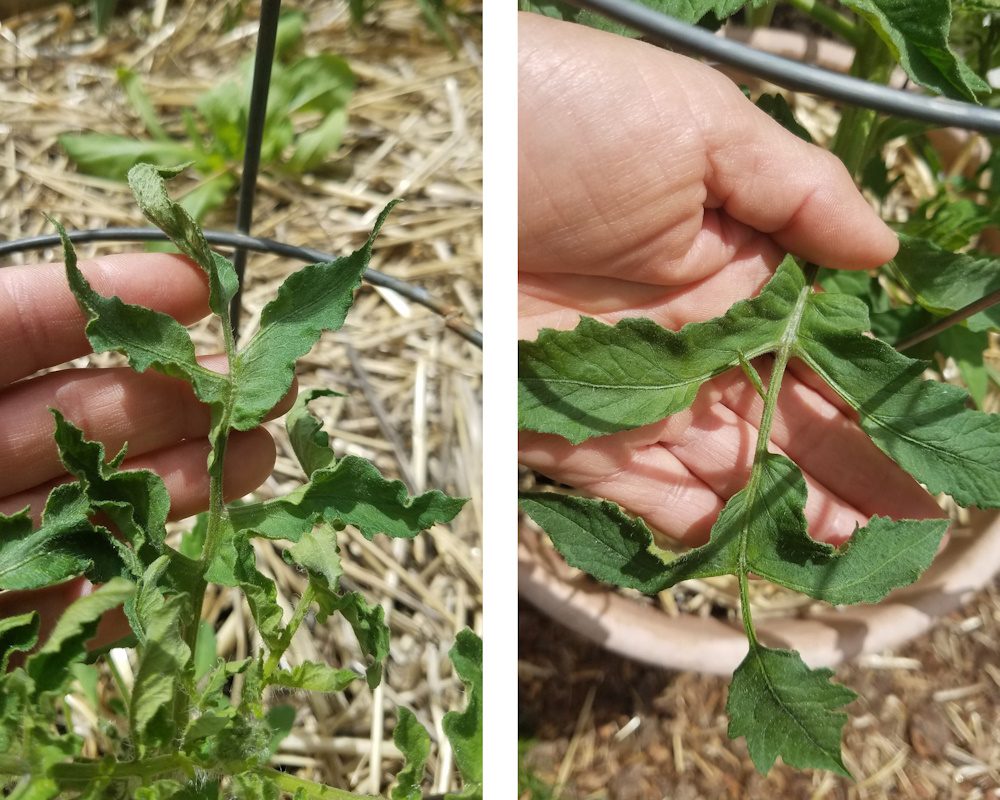
Avoid using materials that have been sprayed with herbicide, and ask if manure or compost contains any treated materials before purchasing.
An Ounce of Prevention
Although you can’t control the weather, you can take steps to boost your chances of success. To minimize abiotic problems, aim to create an ideal growing environment by providing consistent watering, healthy soil, sufficient sunlight, moisture-retaining mulch, and protection from extreme temperatures. Use fertilizers and herbicides with caution, and always follow the label instructions.
And remember, if plant symptoms stump you and you’re unsure whether you’re dealing with a pest, a pathogen, or an environmental factor, don’t guess—ask! Reach out to your local Master Gardeners or extension office. They’re a great resource and can help you get to the root of the issue—literally.


[…] analysis reveals much—abiotic issues tend to affect multiple plants uniformly, while biotic problems often target specific species. Conducting Pathogen presence identification helps […]